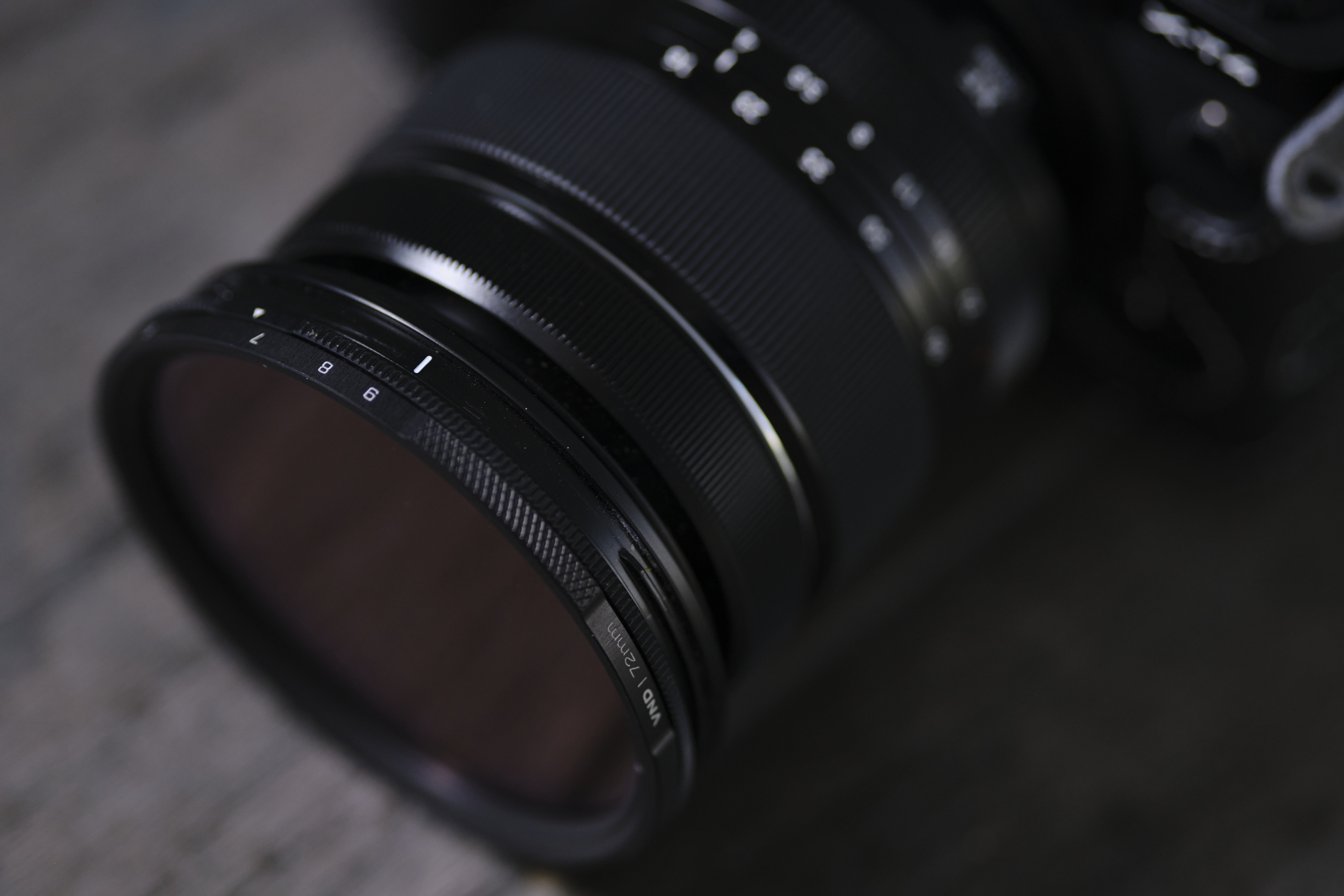Neutral density filters open up possibilities for shooting slow shutter speeds in the middle of the day or wide-open apertures with flash and bright sunlight. Yet, many of them leave color casts and vignetting in their wake — or at least, that’s the case with the cheap choices. Priced at $340, the Lee Elements VND 6-9 stop filter certainly doesn’t fit the word cheap. Offering enough light dampening to shoot long-exposures mid-day, the filter provides the versatility of a variable neutral density filter, yet aims to offer the quality of a square filter.
View this article with minimal banner ads in our app for iOS, iPad, and Android. Get no banner ads for $24.99/year.
Lee Filters is best known for its square drop-in type filters. The company’s newest options, however, include a pair of variable neutral density filters that allow photographers and videographers to cut the light coming into the lens over a range of several stops. I tried the 6-9 stop filter to see if the price tag is justified by skipping over the issues that plague cheap VNDs. (A 2-5 stop option is also available.)
Table of Contents
Too Long; Didn’t Read
The Lee Elements VND 6-9 stop filter is so good it’s hard to tell the images were even shot with a filter — without looking at the shutter speed, of course. The filter is well built, easy to use, and smothers vignettes and color casts. If there’s anything to complain about, it’s the included case that’s a bit of pain to open.
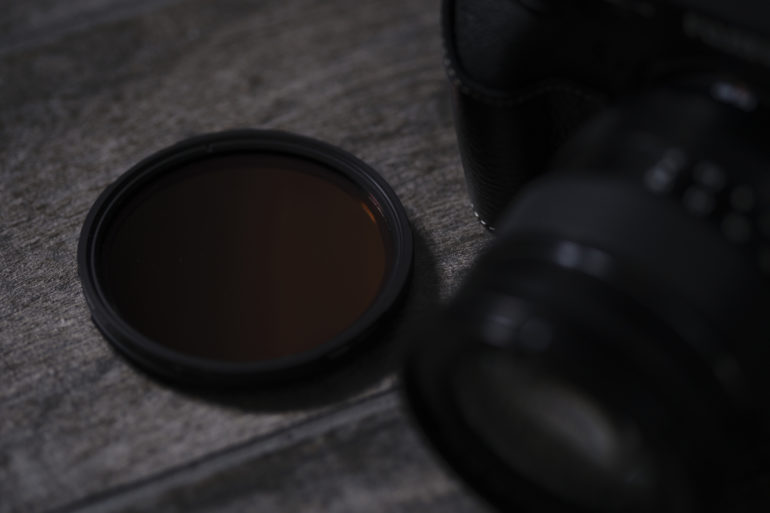
Pros and Cons
Pros
- No noticeable color changes
- No vignetting
- No X patterning
- Labeled, metal ring
- Fingerprints easily wipe clean
Cons
- Pricey
- Included case is plastic and difficult to open.
Gear Used
I used the Lee Elements VND with the following gear:
Tech Specs
Adorama lists the following specifications for the Lee Elements VND, 6-9 stop:
- Filter Type: Variable ND
- Density: 6 to 9 Stop
- Coatings: Multi-Layer Coating
- Filter Size: 2.83” (72mm)
Ergonomics
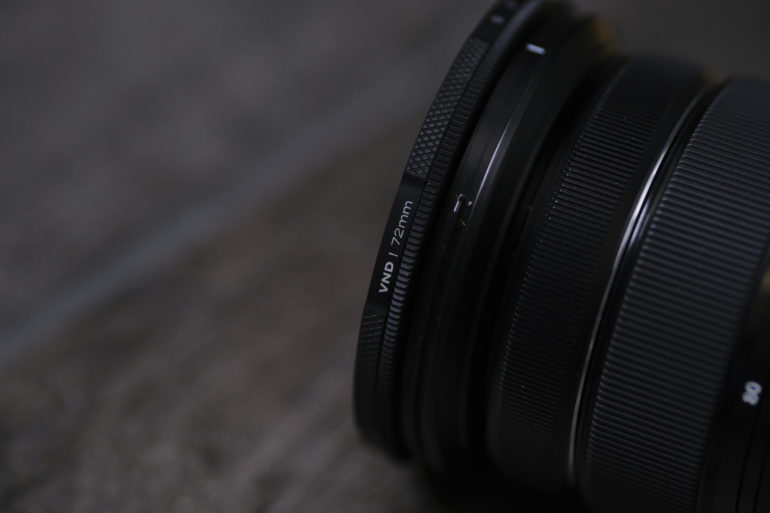
The Lee Elements VND 6-9 stop is constructed with an anodized aluminum frame. The rotating front metal edge of the filter has a cross-hatched texture. Each stop of light is labeled. A lock is in place to prevent the filter from turning past nine or six, though the filter can stop in-between the middle numbers. The inner ring — the one that screws onto the lens — has a differing texture with straight lines creating the texture.
While the Lee Elements Little Stopper and Big Stopper are designed to be stacked, the VND doesn’t share the same characteristic. The back has threads to screw into the lens, but the front does not have additional threads to screw another filter into. There’s plenty of light-stopping power here, though, so there’s little need to stack.
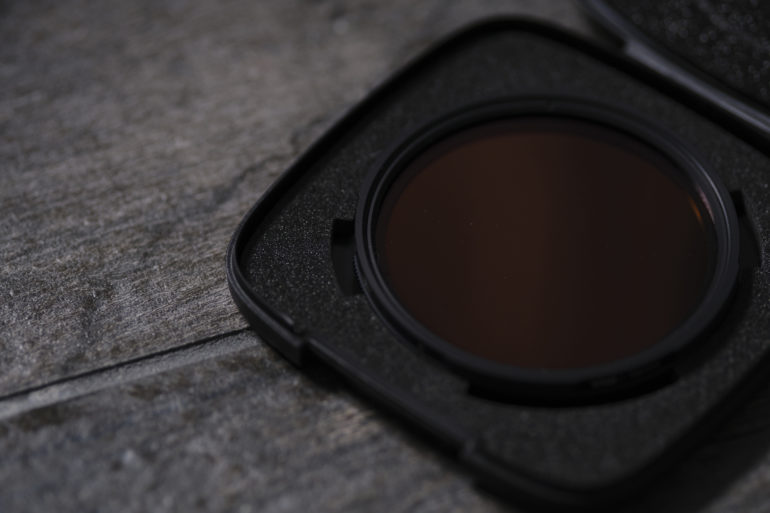
The filter comes with a slim plastic case with a foam interior. This case will fit easily into a bag and it seems to do a good job of protecting the filter when not in use. However, the latch is a bit hard to open. It’s not the nicest filter case I’ve used. The other VND I own is the PolarPro Peter McKinnon 2-5 VND and it includes a nicer metal case with a magnetic closure.
Build Quality
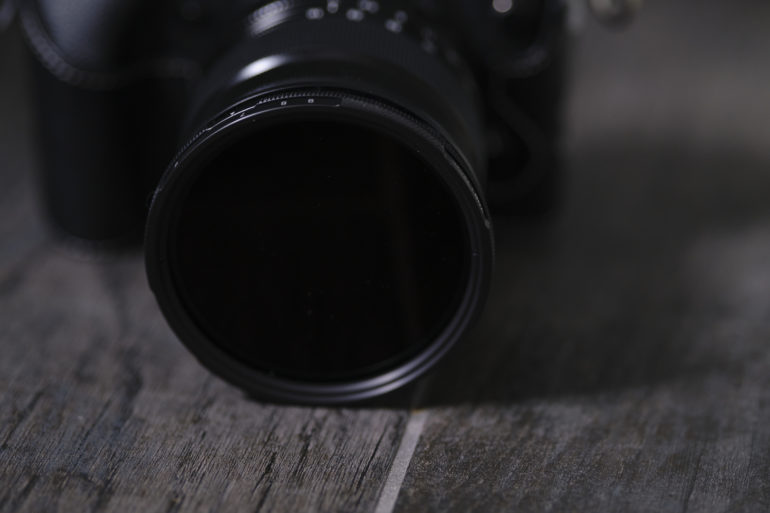
With its metal build, the Lee Elements VND feels great in the hands. The metal feels like it will hold up to repeated use.
The filter uses a multi-layer coating. Fingerprints will still stick to the front, but they wipe off easily with one swipe of a microfiber cloth. Similarly, water droplets are also easily wiped off.
Ease of Use
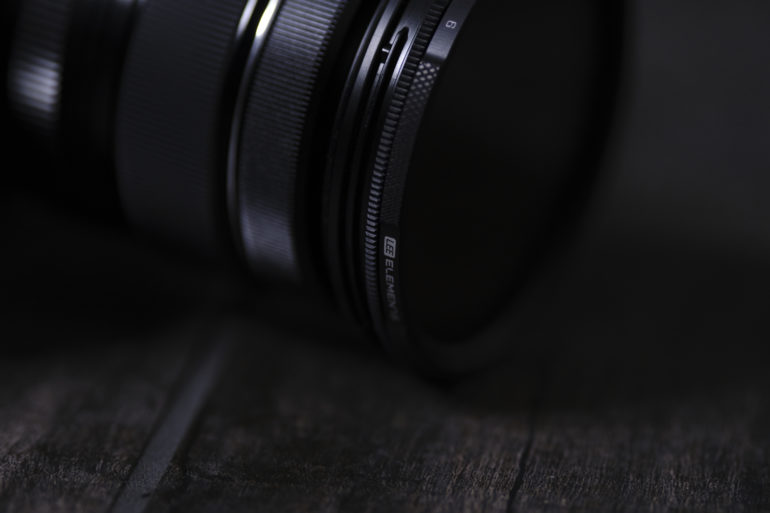
By design, VNDs are a bit faster and simpler to use, and the Lee Elements option is no different. The filter twists onto the front of the lens. From there, using the filter is as simple as turning the front to the desired stop.
The Lee Elements VND is even possible to use with gloves on. I was able to twist the front of the filter shooting icy landscapes. I did, however, need to remove my gloves to remove the filter, but I could easily shoot with them on.
Image Quality
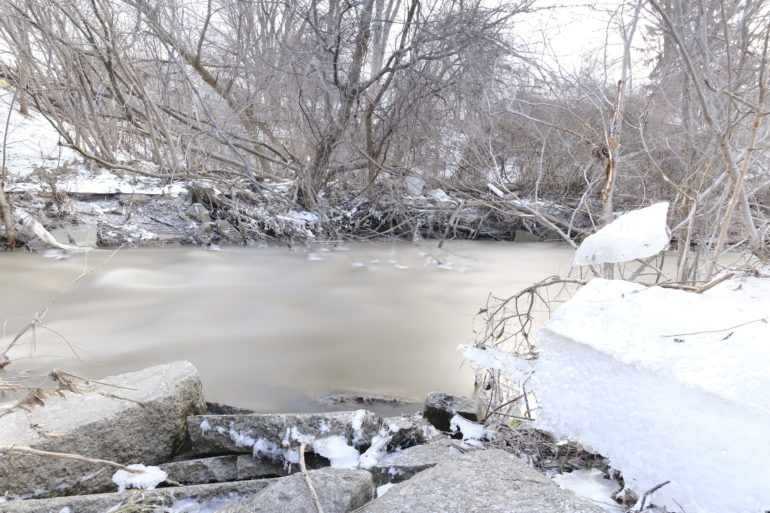
VNDs are often rife with problems: vignetting at the corners, color casts, and X patterns, to name a few. But, short of the longer exposure, images taken with the VND looked nearly like they were shot with a naked lens.
Here’s the shot without a VND:
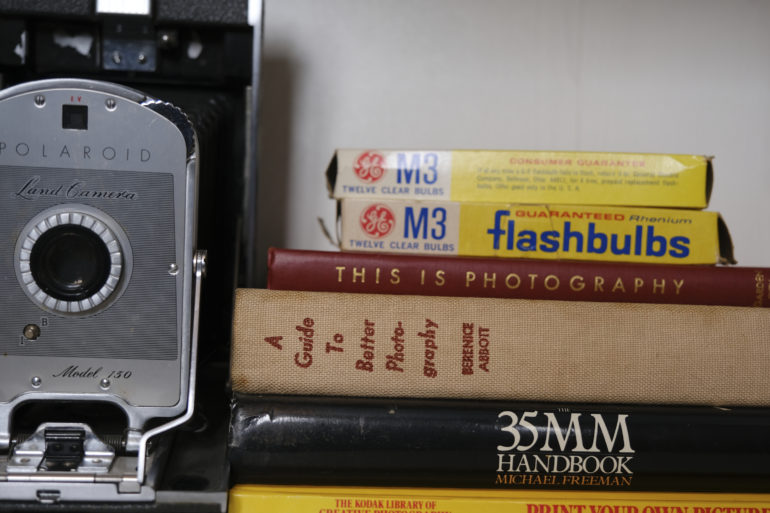
And here’s a shot with the VND at step 9, with the shutter speed adjusted:
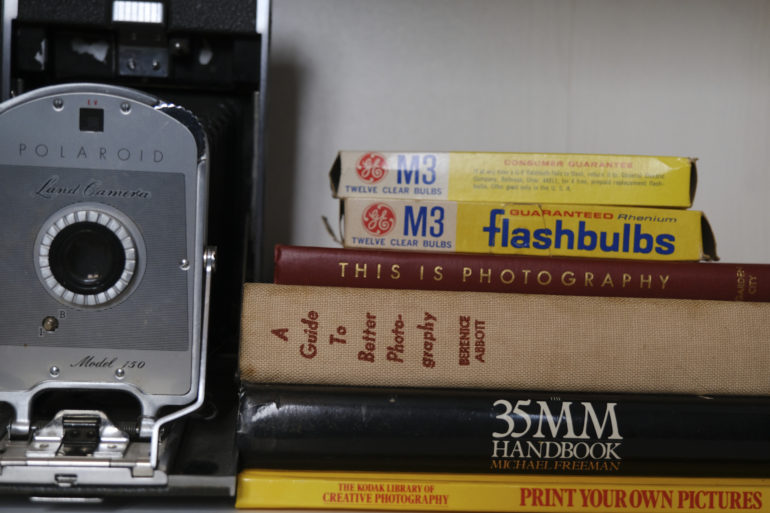
The colors are close enough that, if I stripped the metadata from these two images, I would have difficulty determining which one came from a naked lens.
Similarly, I couldn’t find vignetting when shooting at 16mm. This is on the crop sensor X-T4, so I can’t get wider than 24mm. My images also didn’t take on that dreaded cross-hatch pattern characteristic of some of the more inexpensive VNDs.
Overall, if you remove the slower shutter speed, it’s difficult to tell whether images from the Lee Elements VND 6-9 actually had a filter on them. That is exactly what a VND should do — adjust the possible exposure settings while keeping the rest of the image neutral.
Image samples
Edited
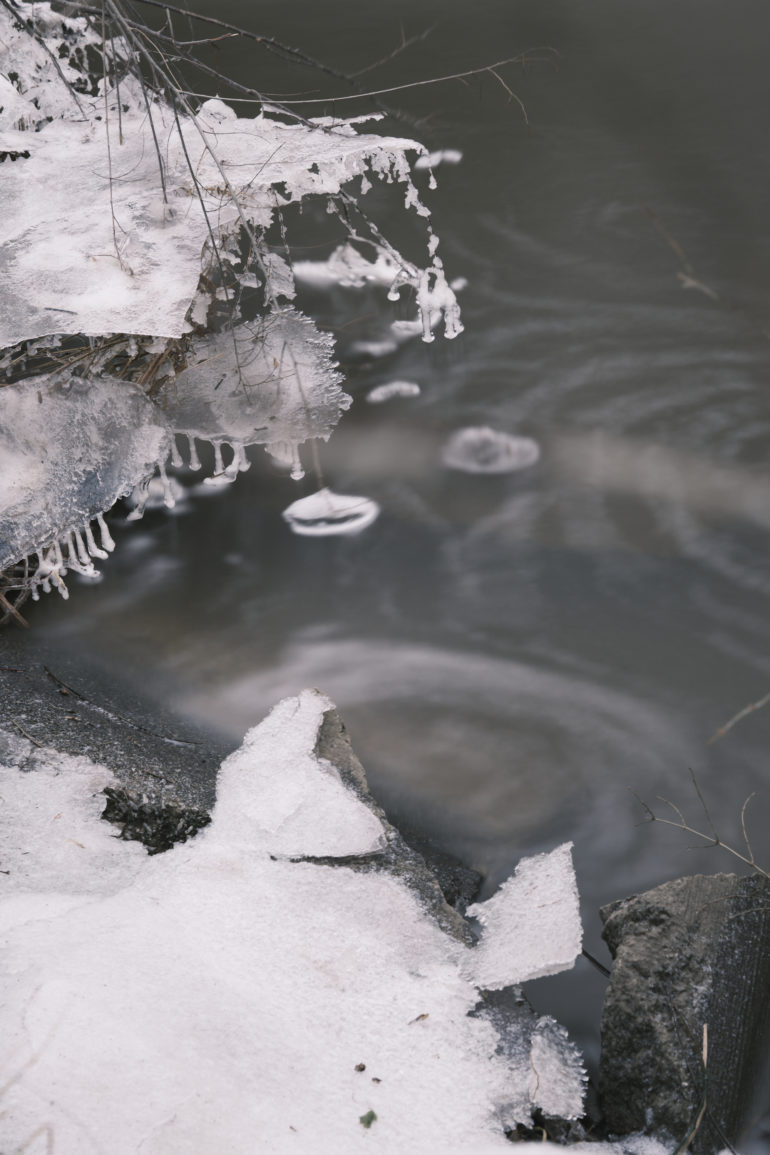
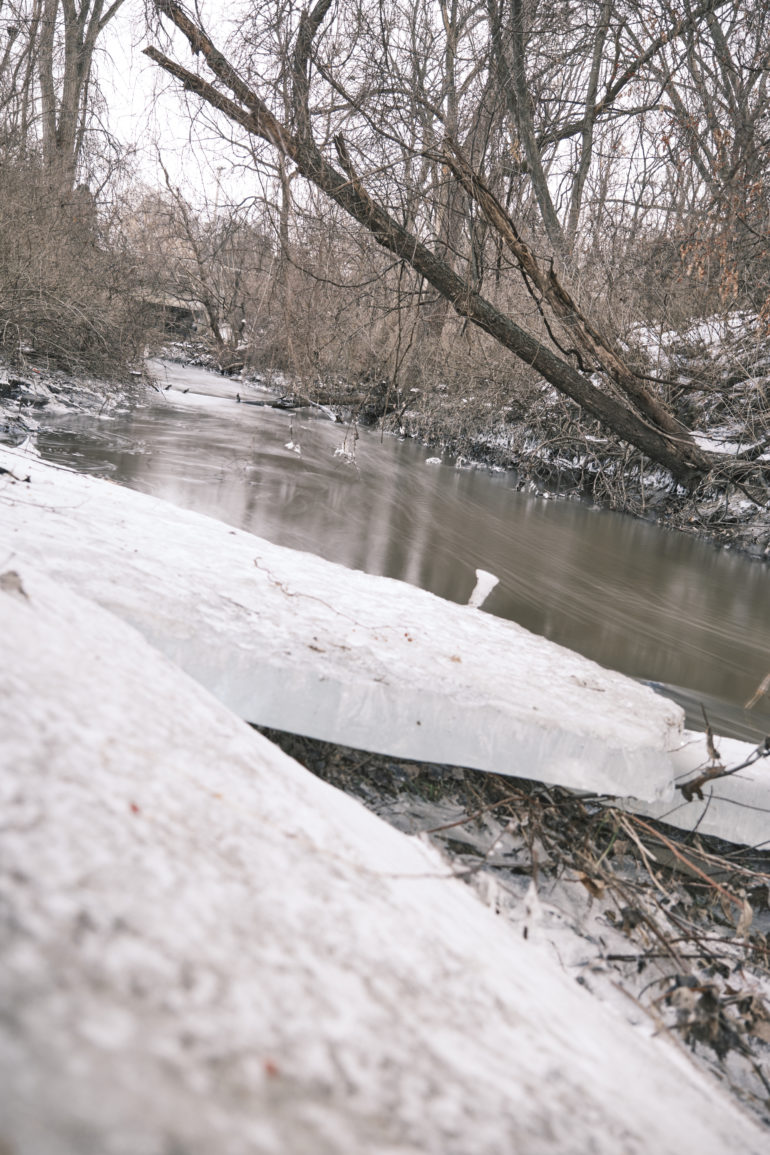
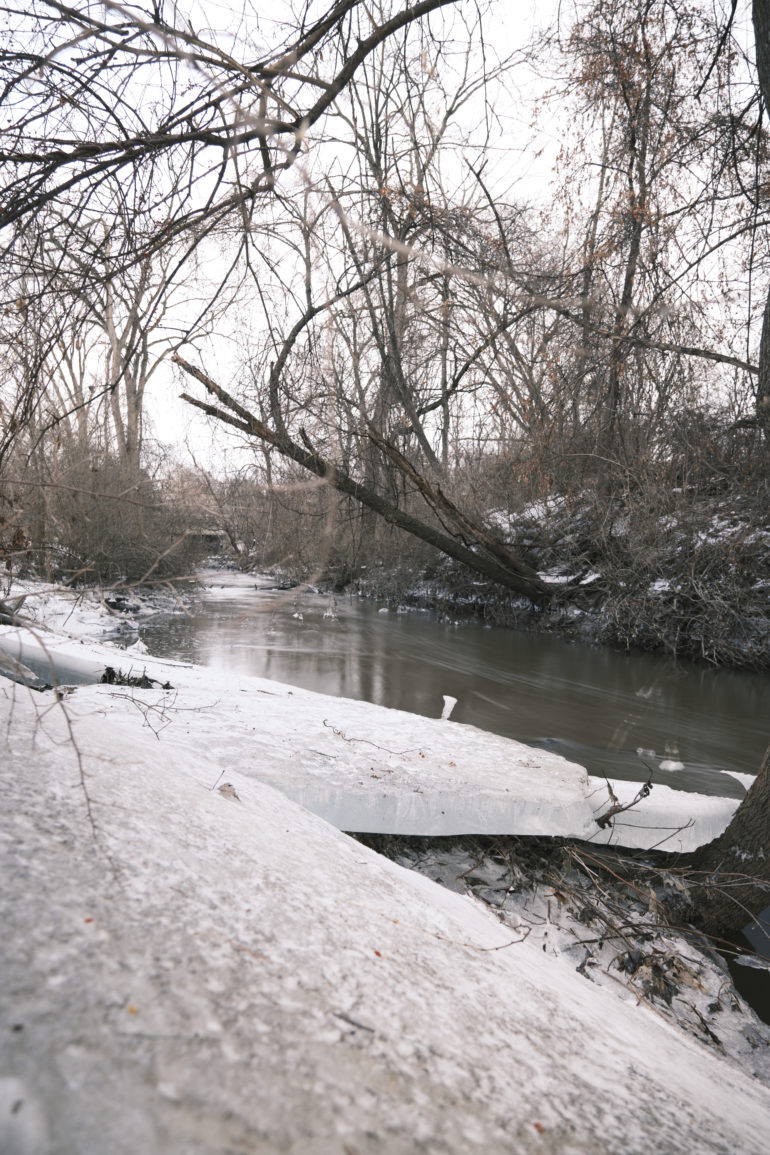
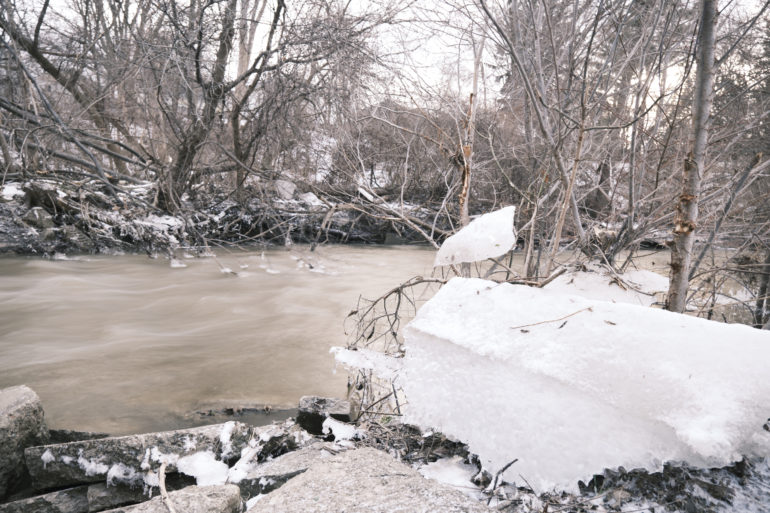
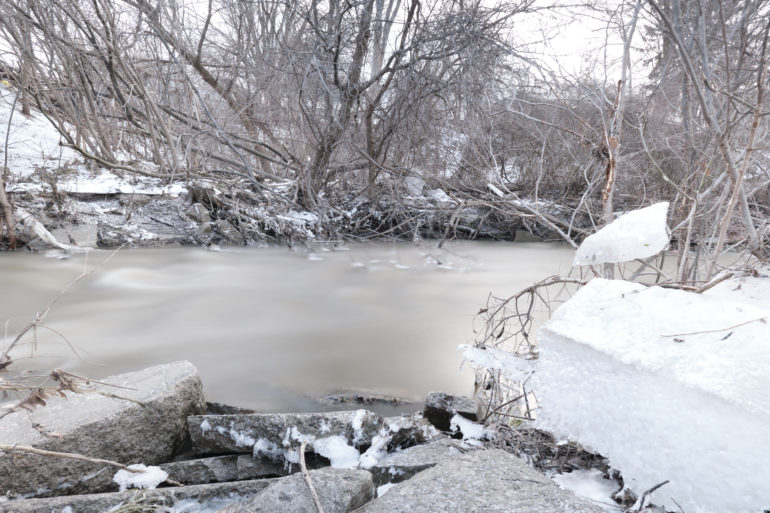
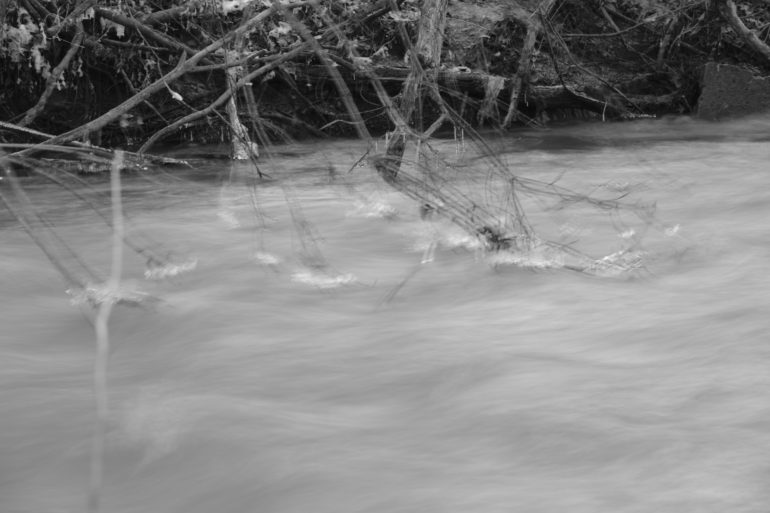
Unedited
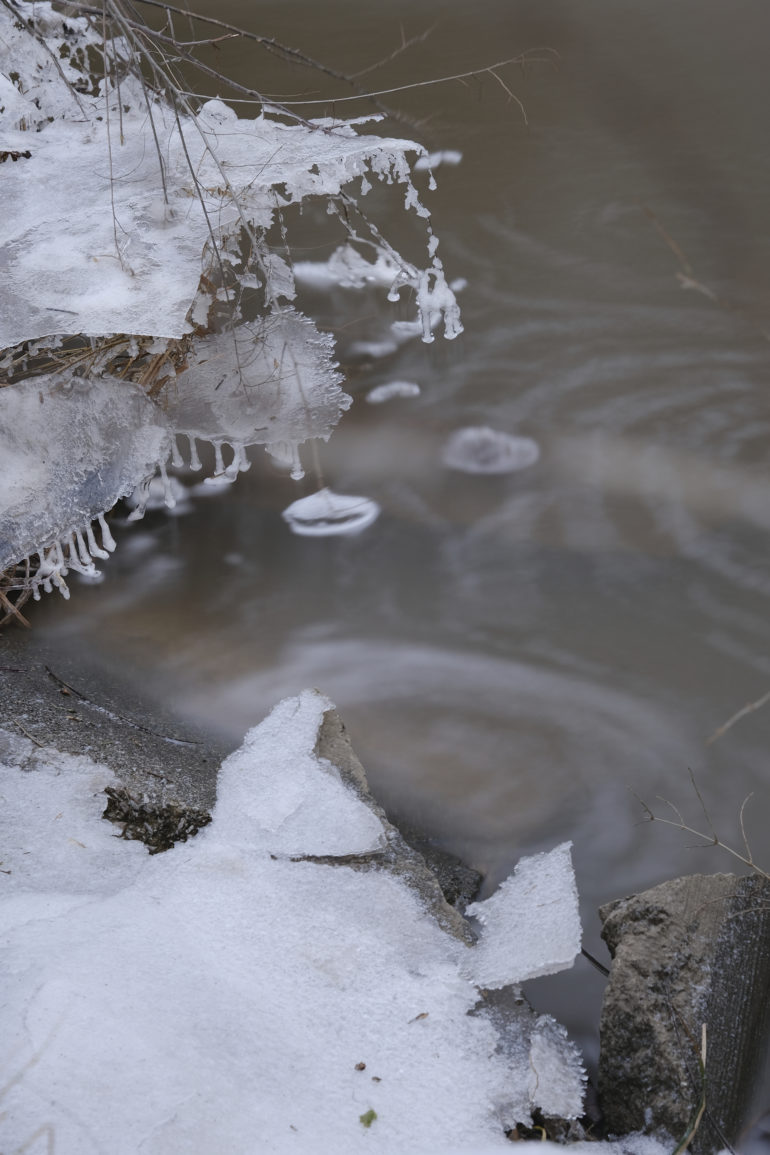
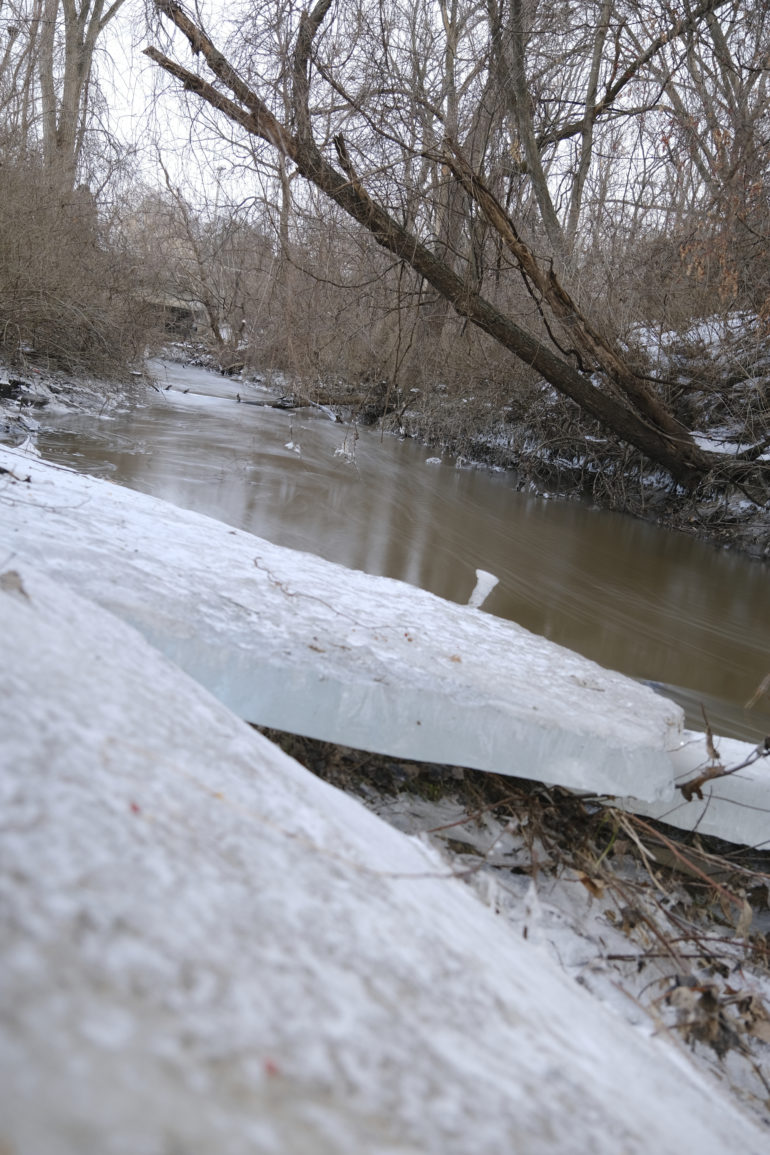
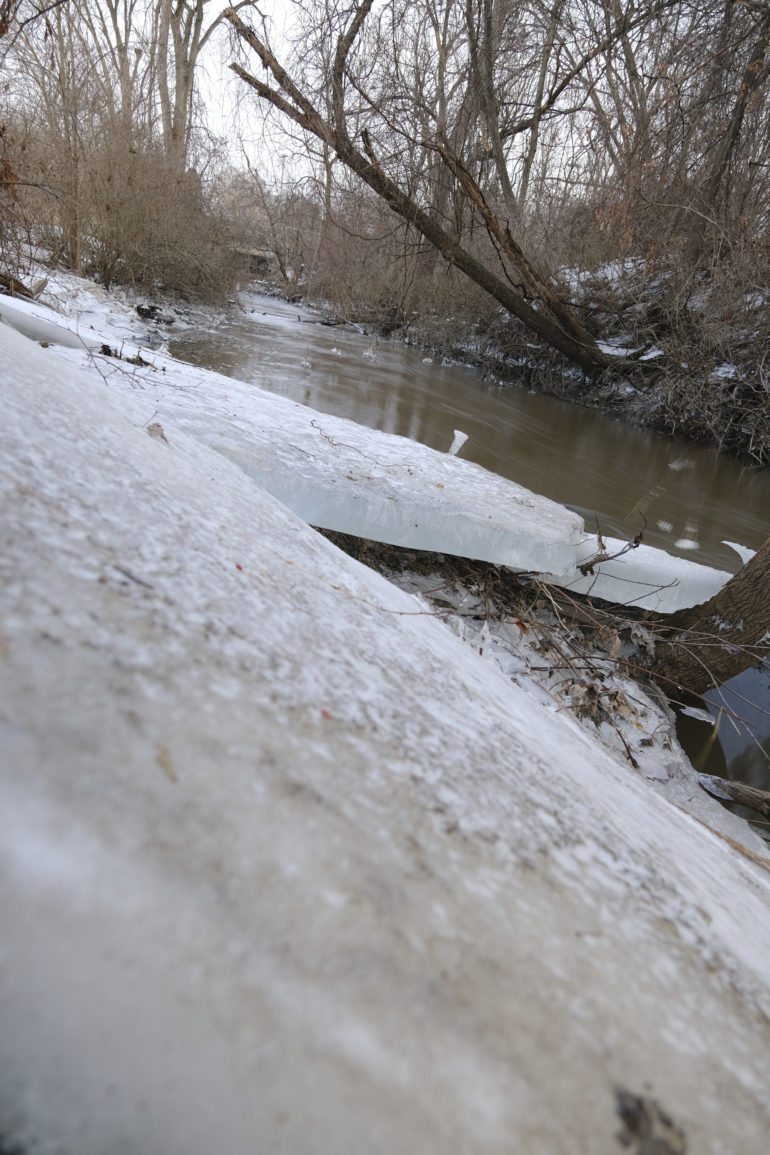
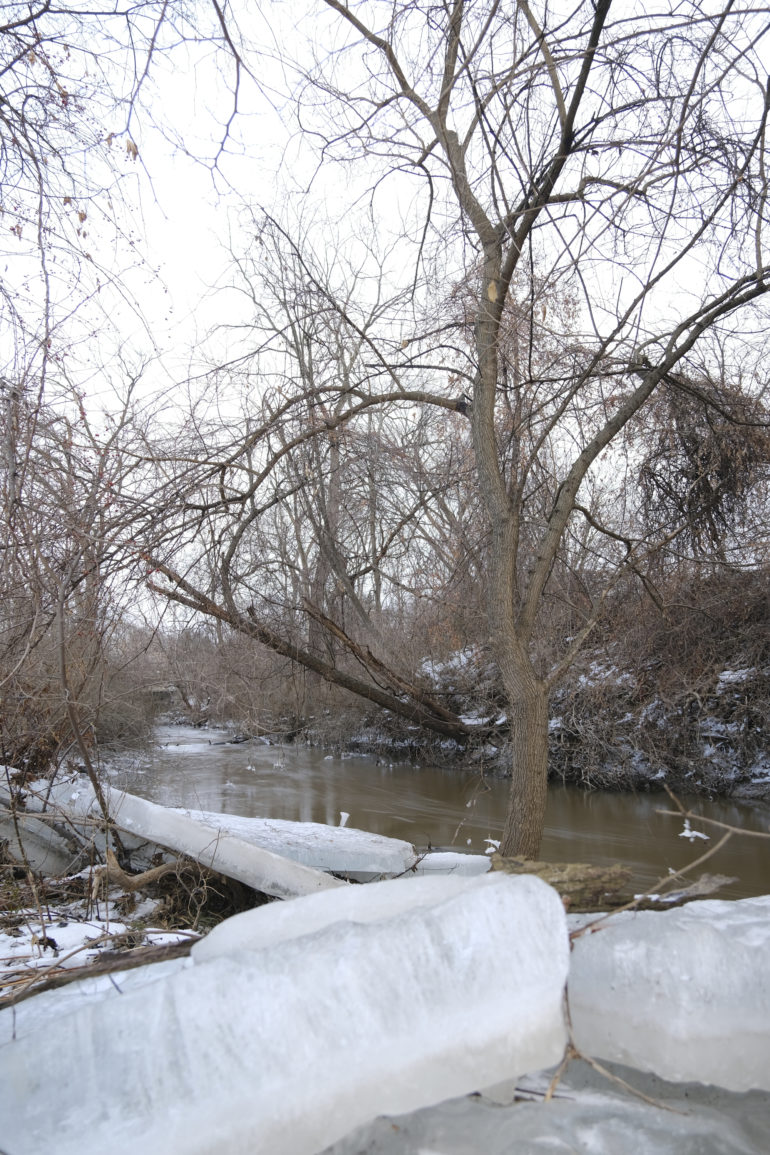
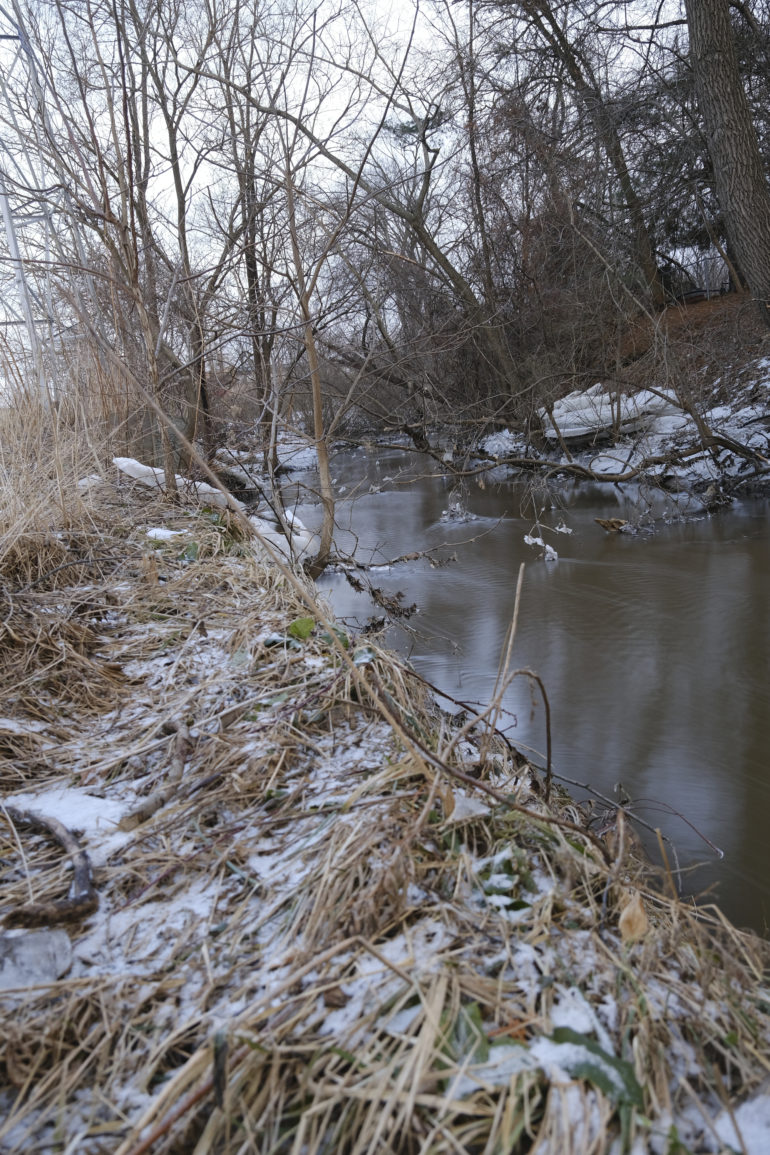
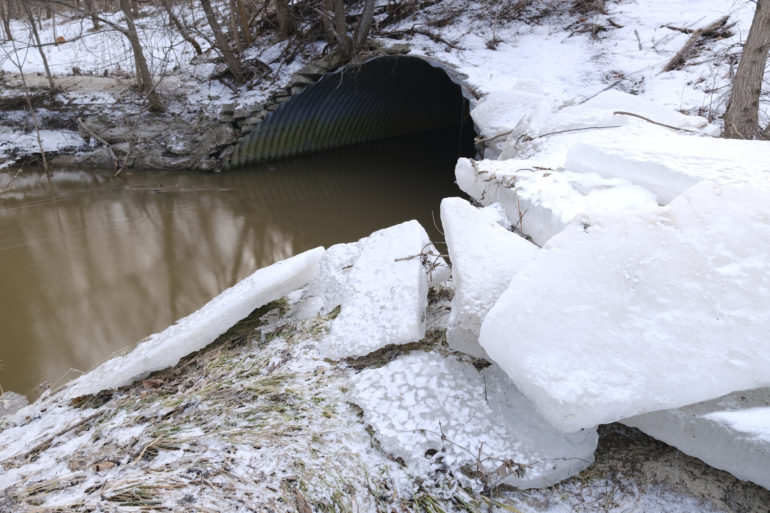
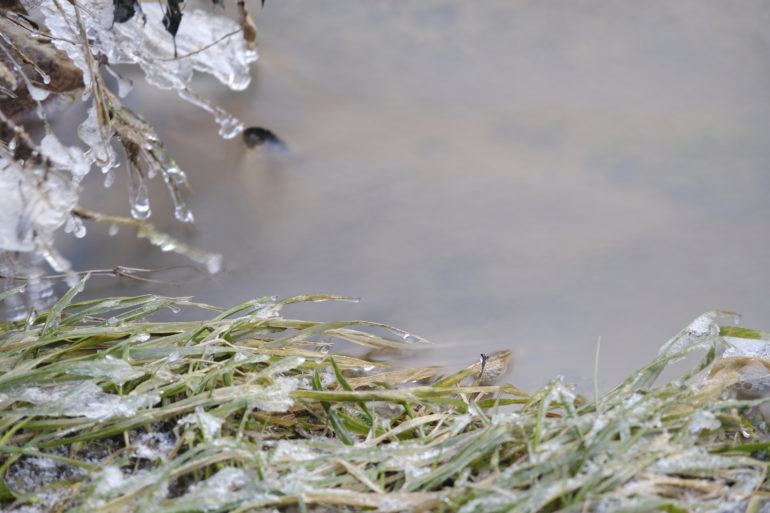
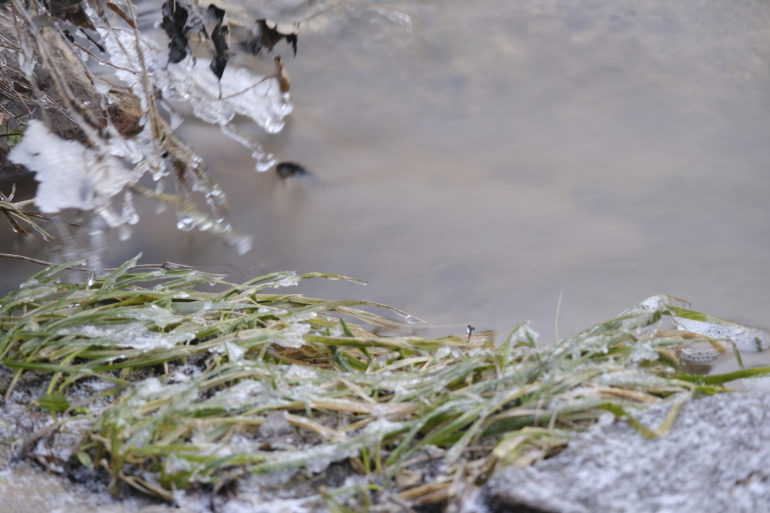
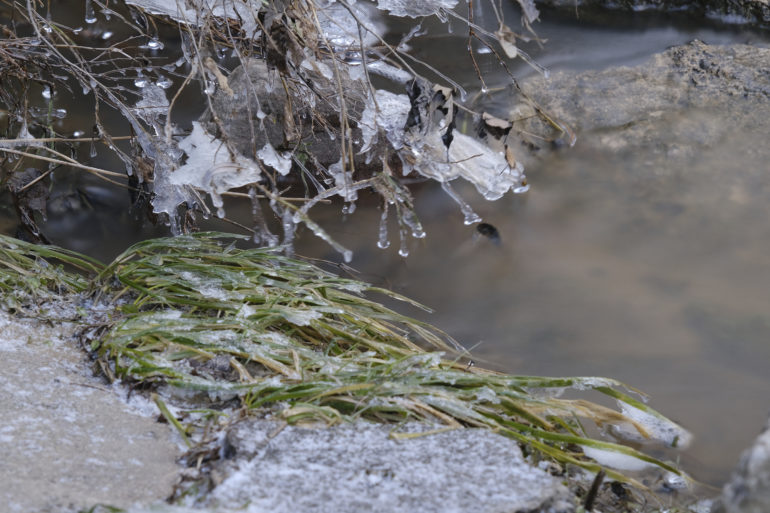
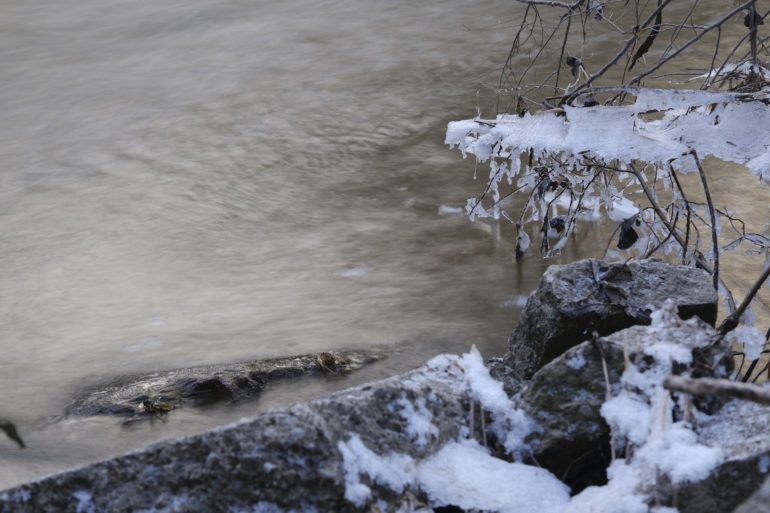
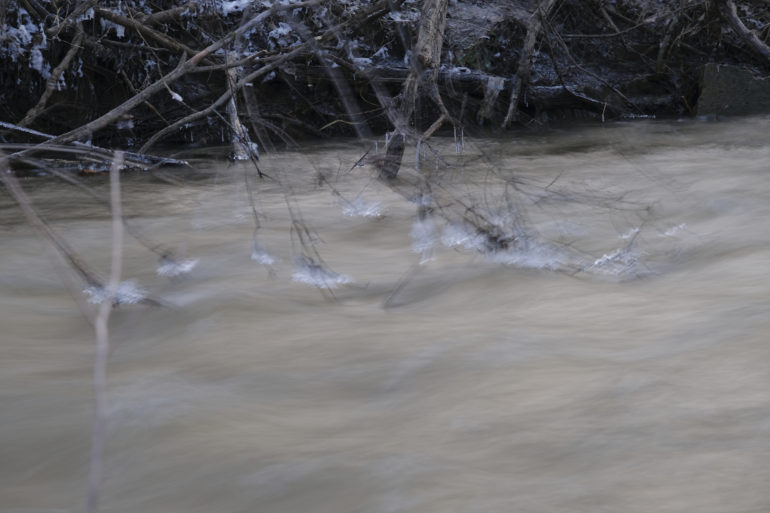
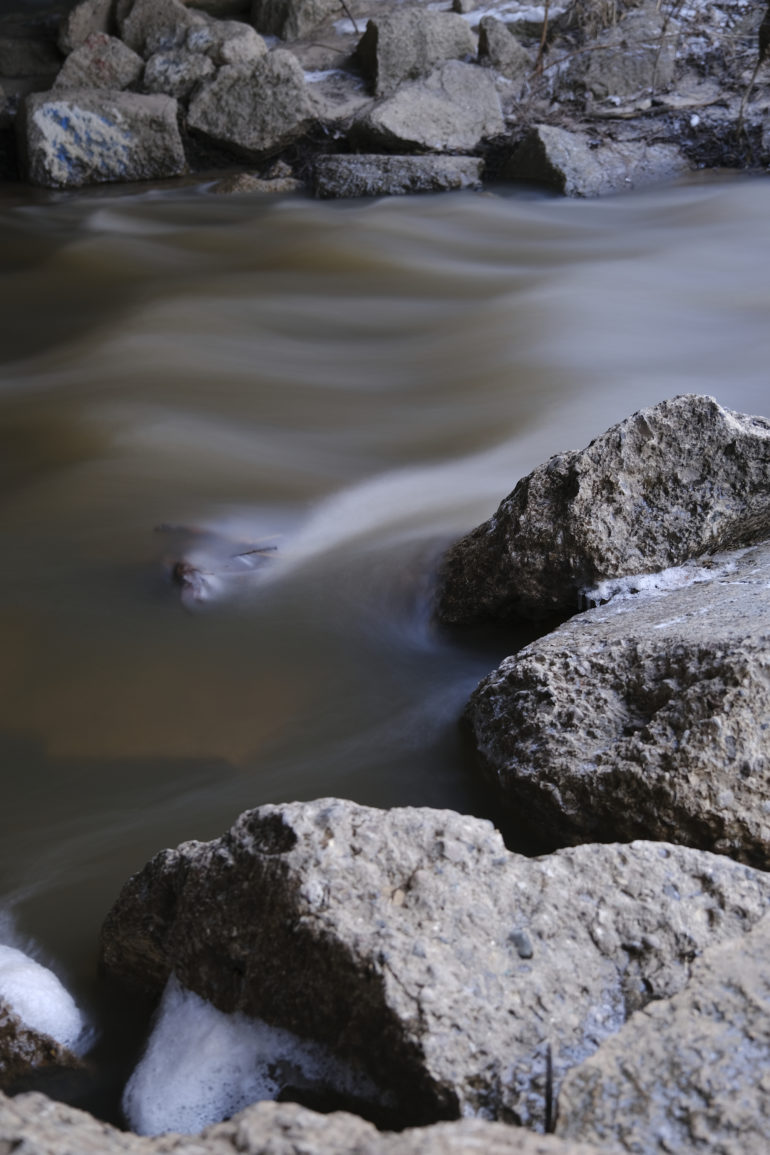
Conclusion
Likes
- The images don’t have any obvious color cast.
- At 24mm, there was no vignetting.
- Images look great.
- The metal build feels and looks great.
- The coatings help fingerprints wipe off easily.
Dislikes
- It’s expensive.
- The case is just meh. I wish it came with a nicer one for the price.
The Lee Elements VND 6-9 is a true neutral density filter (the keyword being neutral). Besides allowing for a slower shutter speed (or a wider aperture), the filter has minimal impact on the rest of the image. That allows for faster edits, without dealing with color casts or harsh vignettes. The build quality of the filter itself is also excellent.
While the filter is excellent, the included case is a little finicky to open. I’ve tried filters that have nicer included cases. It’s certainly not a deal-breaker, but for a $340 list price, I don’t think it’s too much to ask.

I’m giving the Lee Elements VND 6-9 filter five out of five stars. Want one? Chem them out at Adorama.


